Sign up for our newsletter to receive updates about new articles, great deals, and information about the activities you love and the gear that makes them possible:
Have You Read Our Other Content?
Smoke On the Horizon – How Fire Towers Changed BWCA History
A drive out from Ely today, and you won’t see many fire towers. They’ve vanished as antiquated methods of dutiful rangers past. But less people remember how those fire towers have shaped our wilderness experiences.
Is it Possible to Circumnavigate Minnesota by Canoe?
Preface: This route plan should not be utilized without extensive personal research. I have not completed this route nor do I specifically intend to. It exists for entertainment purposes only. As with all adventures, do your due diligence and research in vetting any part of this article before attempting a dangerous or challenging activity. With…
Map Mondays – Week 2 – Kawishiwi Lake to Stuart River
As part of our continuing series on the “route planning game,” we are creating routes using randomly selected entry points, exit points, and number of days to create unique and fun BWCA routes. This week is a fast-moving 5-night trip from Kawishiwi Lake to Stuart River. It crosses some of the quietest stretches of the…
Finding Solitude in the BWCAW
Though the Boundary Waters is the most visited wilderness area in the United States, it’s refreshingly empty compared to most national or state parks and seldom feels crowded. For many, the occasional encounter with another group is no big deal. But all of us dream about wilderness solitude at some point in our outdoor career:…
A Bird’s Eye of the BW – Telling the Story from Above
It started as a funny game of sorts. As I was scrolling past google satellite imagery dreaming of future canoe country routes and trip plans, I would begin noticing the occasional canoe group on the photos. I soon began looking for them. It was a game of “I spy,” picking out small floating canoes and…
Map Mondays – Week 12 – Little Indian North to Moose River North
As part of our continuing series on the “route planning game,” we are creating routes using randomly selected entry points, exit points, and number of days to create unique and fun BWCA routes. This route works through parts of the BWCAW’s far western end from the furthest west EP of the BWCA through big lakes…
Six Rules for BWCAW Portage Etiquette
If you are new to wilderness canoe camping, especially in a heavily used wilderness area like the BWCAW, then the group traffic at some of the busier portages in Canoe Country may come as a shock. Here are six [written and unwritten] rules you should apply the next time you portage on a well-congested portage trail.…
In the Context of Wilderness
Earlier this week, September 3rd, was the 59th anniversary of the 1964 Wilderness Act which established the BWCAW and 53 other areas as newly defined wilderness. The Boundary Waters Canoe Area Wilderness has since gone on to become one of the most well-known and widely-beloved wilderness areas in the country. In examining the BWCAW today,…
Is it possible to visit EVERY lake in the BWCA?
This is one of those funny questions. I don’t know if other major BWCA trip enthusiasts have had to encounter it, but I certainly have. It usually comes from someone that isn’t that familiar with the Boundary Waters who, upon hearing of your adventures and how much time you’ve spent, wonders if you’ve been to…


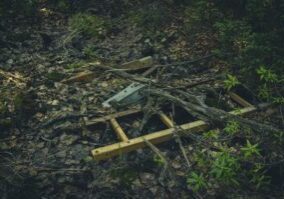

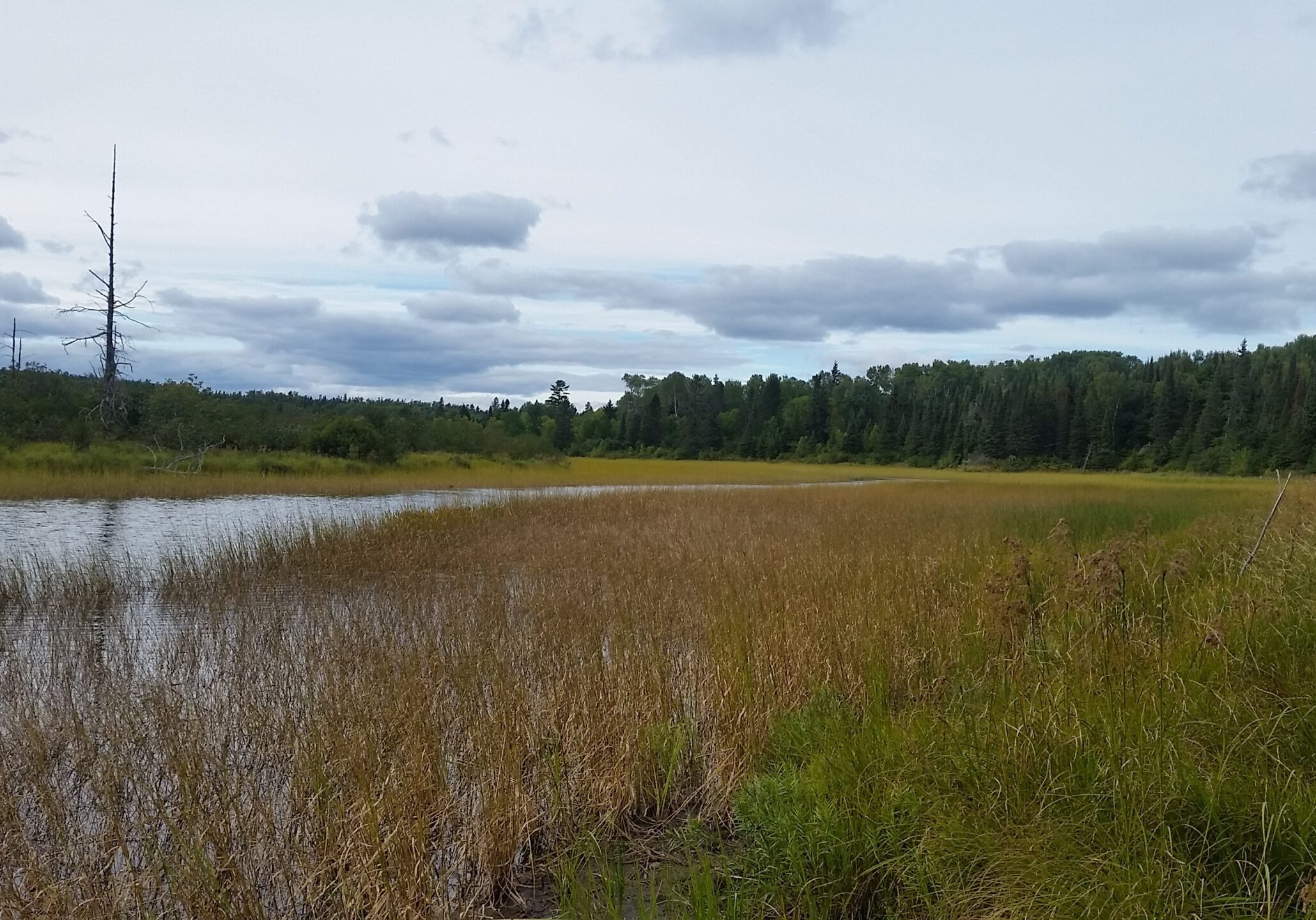
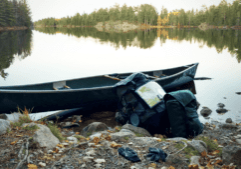
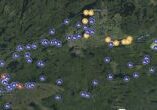
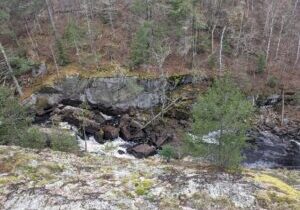

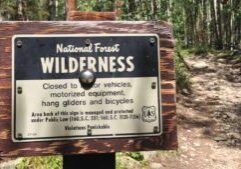
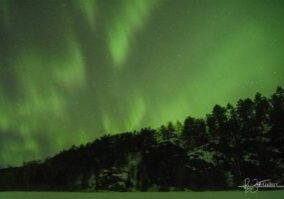
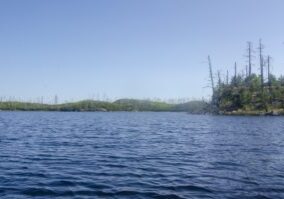
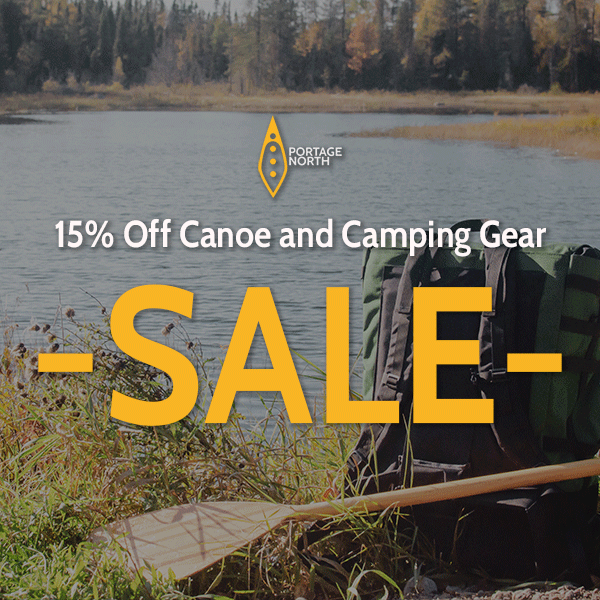
Thank you for the summary of the report – interesting! You noted “Overnight hikers, for instance, make up about 1% of permits in a given year.” I’ve wondered if there would be value in more promotion of the BWCAW trails and even adding a few long trails (which would require allocating more money). It seems to me hiking allows more people (I’m thinking dozens not thousands) to enjoy the wilderness without interfering with canoeists. Hikers tend to be minimalists so really all they need is a trail that occasionally goes past a water source and some sort of camping space even far away from a lake. The existing BRT and KEK are good examples. There are plenty of permits available but the trails are under utilized. Maybe it’s just too hot during the summer for long hikes.
I considered hiking the Kekekabic Trail, but the part I was on was overgrown. The trail is maintained and marked. But the lack of hiking traffic allows the underbrush to grown knee high. It makes it difficult to see where your next step will land. And I don’t think it’s reasonable to expect the Forrest Service to trim the trail. I don’t know if the abundance of undergrowth is why people do not hike it. I did not camp on the trail. I was on an overhight paddle on Dissapointment Lake.
Hello Tom. Thank you for your insightful feedback. Hiking in the BWCA has always been a bit of a niche, and I have never really understood why. There are some really amazing trails like the BRT and the Kek (which you mentioned.) Others like the Sioux Hustler, Pow Wow, Herriman, and Angleworm are amazing also. There are also a bunch of small trails which see less support and are very underutilized. Part of the problem is, as you also inferred, summers are tough for hiking. The forests of the BWCA are dense and the bugs can be on another level. Part of it I think is the draw of the area. It is known for its canoeing; that’s what it is managed for and that’s what draws people. In the past, the USFS has been hesitant to allow new trails to open and has, at times, been hesitant to allow for existing trails to continue to be maintained (see the 1993 report article for an example.) In 1993, there was serious consideration in closing the Sioux Hustler. The Kekekabic was at one time abandoned before volunteers made it what it is today. The Pow Wow lost its eastern half and nearly lost its western half after Pagami Creek until volunteers did the nearly-unimaginable and cut thousands upon thousands of trees off of it. In other instances, the forest service has not allowed volunteer crews to reopen trails such as the old Stuart River trail which ran to Lac La Croix. So, with that, the volunteer organizations which cooperate with the forest service are world class. They make the hiking trails possible; these trails wouldn’t exist without them. That said, though hiking numbers have grown some over the years, it’s still small and likely will continue to be so. It’s just not what the BWCA is known for and nearby trails like the SHT and the state parks take higher traffic. In any case, for those in the know, the hiking trails in the BWCA are special and do provide a unique perspective on a place most people encounter from inside a canoe. For what it’s worth, I feel the BRT is the best hiking trail in the state, but it’s also wild, rugged, and challenging. With limited signage and limited trail marking, wilderness trails are not for everyone, but it’s also what makes them truly special!
[…] Explore The BWCAW Permit and Visitor Use Report […]